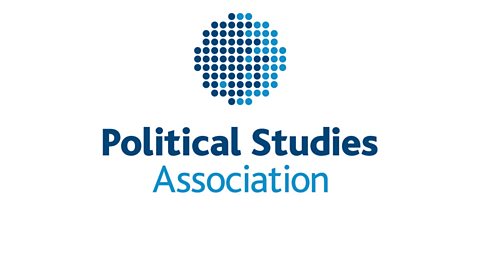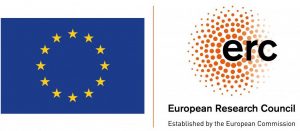
Presentations by DiCED members at PSA23

» Dr. Andrew Barclay, Prof. Rachel Gibson, Dr. Kate Dommett: The Ecosystem of Regulation on the Shaping of Data-Driven Campaigns
Political campaigns are increasingly described as data-driven (DDC), as parties collect and analyse large quantities of voter data to target their campaign messages in ever more granular ways, particularly online. These practices have increasingly been facing calls for greater regulation due to the range of harms they are seen to pose for citizens and democracy more generally. However, we know little about how the different aspects of DDC ore regulated in different democratic contexts. In particular, we know little about if certain types of threat (for example privacy) are regulated more or less strongly than others (for example the risk of divisive political messages). Moreover, we also don’t know about the various factors which would lead to certain threats being addressed more robustly than others, or if there is significant cross-country variation in these factors. In this paper, we conduct elite interviews of regulators across several European countries with the aim of mapping out the full ecosystem of regulation in terms of DDC, and exploring the extent to which regulation goals and practices are aligned across countries. To this end, we examine the effect that supranational bodies (namely the EU and social media platforms) have in shaping the regulation of DDC, and examine whether within this context, national level norms towards privacy or the arrangement of existing regulatory bodies at the state level are important in shaping the oversight of DDC
» Ms. Niamh Cashell: How Are Groups Used As Part Of Visual Communication Strategies On Social Media And Television Election Campaign Adverts? Developing A Coding Framework That Moves Beyond Candidate Centred Approaches
This paper argues the need to move beyond existing content analysis frameworks and consider new ways to study the visual in the social media era by considering how other actors and groups are used within images. Including groups in campaign adverts can serve five purposes: 1) targeting a specific segment of the electorate, 2) signalling identity, either of the candidate or identity-based issues, 3) constructing a vision of ‘the people’ (in the case of populists), 4) adapting to social media as a collective space, 5) constructing authenticity. I will analyse social media and television adverts, while considering the audiences and affordances of each medium. In this paper I develop a new coding framework for content analysis to examine the use of groups, including considering the type of group (elite, gender, race, economic religious, age, family members, historical figures), the number of actors in the image, explicit/ implicit targeting and the use of symbols. I will sample two social media adverts and two television adverts from all Republican and Democrat candidates (870 total) running for the 2020 US House elections.
» Dr. Esmeralda Bon, Prof. Rachel Gibson, Dr. Fabienne Greffet, Mr. Peter Smyth: How to identify political influencers online: by reference and reactions, or by hashtags?
Online influencers are increasingly in the spotlight and important to political campaigns. With their large groups of followers and perceived authenticity, they are a political force on social media platforms. They can leverage their influence and affect public discourse and opinion in the lead-up to an election. In this paper, we examine the emergence and impact of this new set of political actors facilitated by digital campaigning, focusing on the 2022 French presidential election campaign on Twitter. While there is as yet no clear definition of what an online political influencer is, we adopt as a starting point that they are a quasi-official individual who plays a role in mediating the messages of a campaign. We present and assess the trade-offs of two approaches for identifying online political influencers on Twitter: one manual and the other automated. The first approach presented in this paper involves the identification of influential political accounts based on mentions in the media, and a comparison of these accounts to those mentioned, followed, tweeted or retweeted by participants in a representative survey. The second approach involves identifying a ‘take off’ point, which is when a given set of hashtags on Twitter takes off in an election, and then isolates the actors involved. To compare the performance of both approaches, post-identification, we fit the actors to a continuum or categorization scheme, with a view to drawing out greater or lesser influence, higher or lower proximity to power, and wider or lesser reach. Based on the results of this exercise, we reflect on the trade-offs of both approaches, f.i. in terms of time, quality of data and sample size.



0 Comments